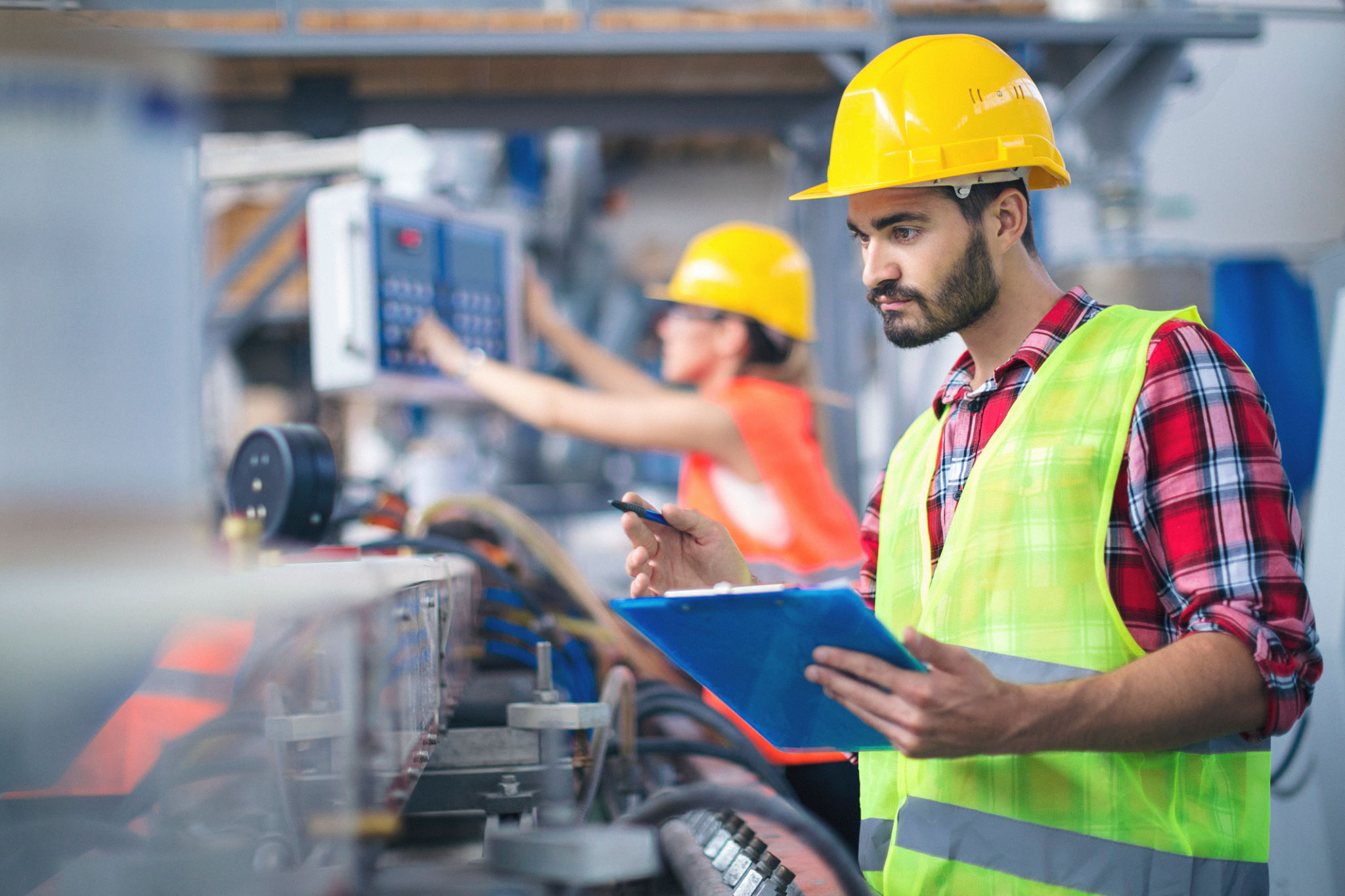Case Study: Successful Automation Integration in Local Electroplating Plants
Introduction to Automation in Electroplating
In recent years, the integration of automation in local electroplating plants has transformed operations, enhancing efficiency and productivity. This case study explores how technology has reshaped traditional methods, offering insights into its impact on the industry.
Electroplating, a process that involves coating a metal object with a thin layer of another metal, has long relied on manual operations. However, with advancements in automation, plants are now equipped with systems that streamline production and improve quality control.

Benefits of Automation
Efficiency and Cost Reduction
One of the primary advantages of automation is the significant boost in efficiency. Automated systems can operate continuously without fatigue, leading to a higher output rate. This continuous operation reduces labor costs and minimizes human error, resulting in substantial cost savings for electroplating plants.
Improved Quality Control
Automation in electroplating ensures consistent application of metal coatings, enhancing product quality. The precision of automated systems reduces defects and variations, ensuring that each product meets stringent quality standards. This consistency is crucial for industries like automotive and aerospace, where precision is paramount.

Key Technologies in Automation
Robotics and Machine Learning
Robotics plays a pivotal role in the automation of electroplating plants. Robots can handle repetitive tasks such as dipping and rinsing with accuracy and speed. Additionally, machine learning algorithms analyze data to optimize processes, further increasing efficiency and reducing waste.
Internet of Things (IoT) Integration
The integration of IoT devices allows for real-time monitoring and control of the electroplating process. Sensors track parameters such as temperature, current density, and pH levels, providing valuable data for predictive maintenance and process optimization. This connectivity ensures that any issues are identified and resolved swiftly.

Challenges and Solutions
Initial Investment and Training
While the benefits of automation are clear, the initial investment can be daunting for smaller plants. However, many companies have found that the long-term savings and increased productivity justify the upfront costs. Furthermore, training staff to operate and maintain automated systems is essential. By investing in comprehensive training programs, plants can ensure a smooth transition to automated processes.
Maintaining Flexibility
Another challenge is maintaining flexibility in production. Automated systems can sometimes be rigid, making it difficult to adapt to changes in demand or product specifications. To address this, many plants incorporate modular systems that can be easily adjusted or upgraded as needed.
The Future of Electroplating
The success of automation integration in local electroplating plants serves as a model for other industries seeking to enhance their operations. As technology continues to evolve, we can expect further innovations that will drive efficiency and quality even higher.
Ultimately, embracing automation is not just about keeping up with competitors; it's about setting new standards for excellence in manufacturing. By leveraging technology, electroplating plants can achieve sustainable growth and remain competitive in an ever-changing market.

